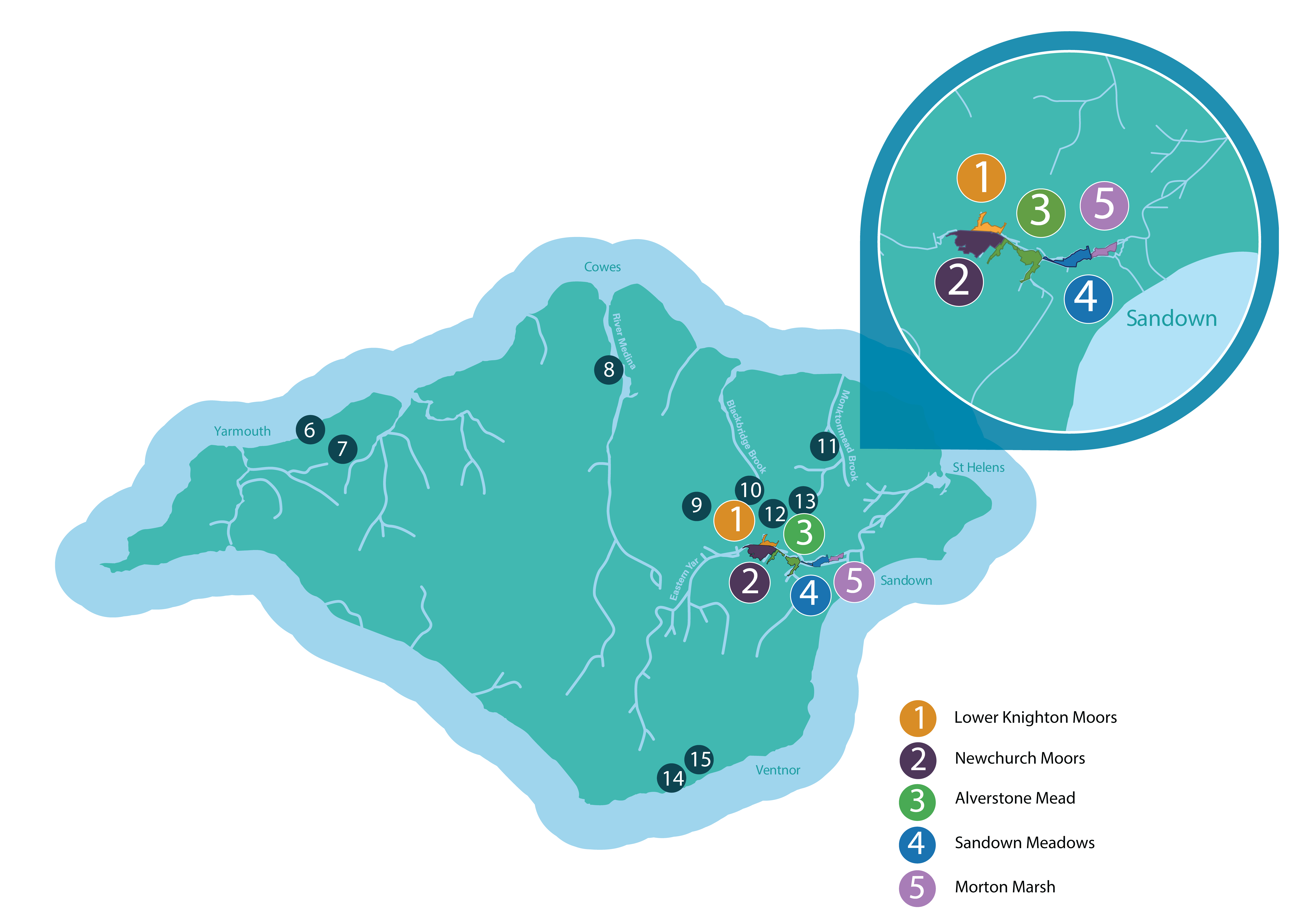Why the Isle of Wight?
The Isle of Wight is a wildlife haven, but climate change, development, and intensive agriculture are putting wildlife at risk. To support our ambition for a Wilder Wight, in 2020 the Trust commissioned a study on bringing beavers to the Island. Data shows ample habitat along our rivers, especially the Eastern Yar, which is the Island's longest river.
Excitingly, the Trust already owns approximately 300 acres of land along the Eastern Yar floodplain, spanning interconnected nature reserves from Newchurch Moors to Morton Marsh. This makes it an ideal location for beavers to call home, as we are already managing this stretch of land for the benefit of nature. With our expertise and experience, we are confident that beavers could thrive in this area.
We are committed to working closely with our neighbours to address any potential concerns and ensure that the impact of beavers on the local environment is effectively managed. Our collaborative approach and existing infrastructure and access management make us well-equipped to support the successful integration of beavers into this wildlife corridor.
Together, we can continue to protect and enhance the natural heritage of the Isle of Wight, and create a brighter future for our cherished wildlife.

Why the Eastern Yar?
We need to support nature’s recovery in the Eastern Yar now more than ever:
- Man-made problems have had a detrimental impact on the river’s habitats and wildlife.
- Habitat diversity has been lost where the river has been artificially straightened.
- Dredging has increased the height of the riverbanks and resulted in a loss of river-floodplain connection, making flash flooding more likely.
- Pollution from surface water and agricultural run-off has degraded the wetland habitat and water quality.
And beavers can help us save and restore this special habitat...
- Beavers restore wetland habitats through their eco engineering actions and creation of ponds which overall leads to an increase in wildlife.
- They can slow the flow through damming which gives more time for storm drains downstream to wash away heavy rainfalls, reducing risks of flooding.
- Beaver dams catch and filter out sediment and pollutants which means downstream water quality is improved which benefits other sensitive species.
- Their engineering work will raise the water table and reconnect the floodplain making flash flooding less likely.




